The most popular types of ash and their characteristics
In most cases, see ash it is possible not only in pictures, but in parks and along roadsides. Usually the tree is a weed that can completely take over the surrounding area if not removed. But some types of ash are planted specifically to decorate the local area, as well as for decoration in parks and alleys. To purchase types of ash for planting on the site, it is recommended that you familiarize yourself with the possible characteristics and features of the plants.
Content:
- Ash white and its features
- Ash black characteristic
- Description of common ash
- American ash
- Features of narrow-leaved ash
- Lanceolate ash
- The structure of fluffy ash
- Manchurian ash
- Ash root system
Ash white and its features
The variety of this ash is also referred to as floral. The appearance of the plant is distinguished by its spherical crown with well-branched lateral branches. Under favorable growing conditions, the tree can reach up to 20 m.
The branches have a grayish-brown smooth bark, covered with brown convex buds on top. The latter have slightly tomentose pubescence, are arranged in pairs (opposite).
Ash leaf plates are of a complex type: on the central part there is a dense stem, to which small leaves are attached.
The number of deciduous plates on one leaf reaches 10-15 pieces, while each of them can stretch by 10 cm in length and be 4 cm in width. The leaves are kept on short petioles, but tightly set on the central vein. All leaves have a pointed structure, and they acquire a prolapse towards the central part.
The tree begins to bloom in the spring. Ash has numerous smallish inflorescences, at the base of which there are up to 12-15 buds. The buds bloom simultaneously with the development of the leaf blades. After flowering, in place of the buds, oblong fruits are formed, resembling obovate lionfish. The fruits ripen at the end of the last summer month.
The difference between white or flower ash is that if you make an incision under the branches, then a sweetish whitish juice will flow from the bark. It solidifies, and sticks of a solid structure are made from it. This product is called manna. It has a mild laxative effect.
Ash black characteristic
Black ash is most widespread on the shores of lakes and raging rivers in North America. Most often it can be seen in mixed plantings in swampy areas. Pure plantings are almost never found.
Based on the favorite growing place, it is clear that the black representative of the culture is not afraid of lowlands, the proximity of groundwater and stagnant moisture. The growth of the tree is quite long - by the age of 5 years, the height of the ash is only 1.9-2 m.
Black ash never blooms, but has increased winter hardiness - it is not afraid of serious drops in temperature.
The ash species got its name because of the black shade of the bark.Thanks to the original shade of the bark, its value increases several times. But its distinctive feature is considered to be less durable wood, but light compared to other varieties. Due to this, it is usually used for interior decoration.
Description of common ash
Common ash is the most common crop:
- In favorable conditions, the plant tends to reach 35-40 m, while its width is from 15 to 20 m.
- Its advantage over others is that it grows very quickly: in a year it tends to stretch 60-80 cm in length. In addition, the plant gives a large root growth, spreading in different directions from the mother bush.
- The deciduous cover of common ash is openwork and high. Young shoots are distinguished by a grayish-green tint of the shoots. With age, the bark becomes covered with small cracks and becomes gray in color.
- Along the entire perimeter of the shoots are velvety black buds. In the spring, they release pinnate leaves containing from 8 to 15 small leaf plates.
- The upper part of the leaf is bright green, and the lower one is somewhat muted in color.
- Blooms ordinary ash abundantly, covered with inflorescences of both sexes, allowing self-pollination. Flowers are collected in small clusters of inflorescences.
- Flowering begins long before the appearance of the first leaf blades: in March - early April.
- In place of faded buds, by the first month of autumn, lionfish are formed, large in size - up to 5 cm in length.
The tree can develop in any territory, but prefers slightly alkaline soils with a fertile humus content.
American ash
The native land of the growth of this species of ash is North America, mainly the eastern region.
Features of the structure of the tree:
- The tree has powerful dimensions, stretches up to 35 m in height. American ash has a broad-ovoid crown.
- The shoots of the first year of life have a bare structure, on which a few buds of a light brown shade are formed.
- The branches are initially endowed with a greenish-brown tint, while they are cast in a red tone. As they mature, the branches become shiny and change their color to a light orange tint or a bluish tone.
- When leaf plates appear, the shoot is greened. The leaves have a slight, light down. Deciduous plates of American ash are large, reaching 30 cm in length.
- The composition of the sheet includes: no more than 7 leaves, oblong. Each leaf is up to 15 cm long and no more than 5 cm wide. The top tone of the leaf plate is of a deep dark green hue, and the bottom is lighter. All leaf plates are solid, with pointed ends and a clearly defined structure.
- Ash tends to bloom. The buds appear earlier than the leaves - in early April and until the end of March, budding occurs.
- After flowering, the fruit is gradually formed in the form of a lionfish. Its size does not exceed 3-4 cm, but the bone takes up almost half of the volume. Fruit ripening takes place from the last days of September to the last ten days of October.
American ash is distinguished by its rapid growth rates. At the same time, he is not afraid of Russian frosts, he can withstand a drop in temperature to -30 C. Also, drought is not an obstacle to his growth and further development. The tree is planted to decorate alleys and along the sides of trees, it perfectly tolerates polluted areas.
Features of narrow-leaved ash
A tree stretching 25-30 cm in height. It differs in that it is a deciduous plant. In spring, foliage appears later than in other ash varieties.
Characteristic features of the tree:
- The crown of an ash tree is of a wide form. Density in the branches and foliage structure prevails, which is not typical for the prevailing number of ash species.
- Shoots have a bare structure, which is initially endowed with a green tint, and then transformed into a dark gray tint of the bark.
- Wood, peeled from bark, has a light yellow tone. At the same time, there are interesting patterns on it.
- The foliage of narrow-leaved ash is unpaired, complex, stretching in length up to 25-29 cm. There are up to 15 leaves, each of which grows up to 8-10 cm. The base of the leaf plate is narrow, lanceolate. The deciduous plate ends with a sharp end. The edges of the leaf are serrated.
- Flowering is tied on 2-year shoots. Perianth buds do not form. The inflorescences are collected in small bunches, emerging from the leaf axils.
Narrow-leaved ash does not bloom like other tree species. Flowers appear only in the last days of May. Therefore, the plant is not afraid of frosts in the middle of winter, as well as return spring temperatures below zero. But in Siberia, he will not be able to grow: if flower buds are formed, and the temperature does not reach +10 .. + 15 C, then the entire ovary of buds will fall off.
The tree loves a large abundance of sunlight, but at the same time it feels comfortable in conditions of increased gas pollution.
An important point is that the pollen of a flowering tree is the strongest allergen that can provoke the development of contact dermatitis. As the plant fades, fruits are formed - lionfish. In length, they are 4 cm. The seed occupies more than half of the lionfish structure.
Due to the specific flowering and the peculiar shape of the leaf plates, it is valued as an ornamental plant. In wildlife it is found most often in Africa, its northern parts and southern Europe.
Lanceolate ash
The lanceolate variety does not have a huge size - it stretches only 15 m upward. But as it grows, the small tree transforms into a powerful tree with raised branches, dominated by grayish-green bark, and a straight trunk. The leaves are not arranged in pairs, opposite, of the pinnate type, appear in the spring earlier than in other types of ash. But at the same time they fall off quite early, leaving the tree to stand completely naked.
The lanceolate variety cannot boast of a specific color and structure of buds. Flowers are collected in a small bunch or panicle. They are placed on shortened cuttings. The foliage of this type of ash appears earlier than in other varieties, while the inflorescences develop even earlier. After their flowering, fruits are formed.
The duration of ash in one place is 300-350 years.
Therefore, it is worth choosing the soil carefully. The tree is not demanding on the soil, but it actively grows in a fertile soil substrate, with a predominance of calcium. Prefers wet areas with a close location of groundwater.
The first appearance of this species was recorded in North America, but at the end of the 18th century, the plant was cultivated and spread throughout the world. It perfectly tolerates significant subzero temperatures - up to -30 ..- 400C. The only drawback of growing a lance-shaped variety is the tree's negative attitude towards pruning.
The structure of fluffy ash
One of the smallest plants in the line of ash species. It reaches only 20 m. In height. The second name of the culture is Pennsylvania ash. In most cases, it grows in North America, while being localized along the banks of deep rivers.
Features of the tree:
- The crown of the culture is irregular in shape, but at the same time spreading and picturesque. Its diameter is at least 12 m. The one-year-old shoots of the plant are covered with delicate down, and on top are covered with a brownish-brown tone.
- The leaf plates are composed of large green leaf plates. Each contains 5-9 leaves. The upper part has a deep green tint, and the lower tone is distorted by a grayish color.A characteristic feature of the plant is that foliage pigmentation does not occur - they fall off, and remain in their original color, without acquiring either a yellow or a red tone.
- Ash flowers are inconspicuous, yellowish, flat in shape and round in size.
- A significant advantage of the plant is the fact that it is rapidly gaining in growth - in 1 year, the height of the crop can increase by 30 cm in height and add 50 cm in width.
- Life expectancy is more than 350 years.
Fertile conditions, well-lit areas are suitable for growing. During growth, it is picky about watering, it is necessary to constantly introduce nutrient moisture in large volumes. Slight frosts are not terrible for the plant, but when planted in the northern regions, it can suffer from a strong drop in temperature.
Manchurian ash
The plant grows in Manchuria, in the eastern parts of Russia, as well as in China, Korea and Japan. It feels best in mixed forests, it is favorably influenced by the proximity to Maksimovich's poplar and Japanese elm. For rapid growth, it is preferable to place seedlings in fertile, slightly alkaline areas. Under favorable growing conditions, it tends to grow for 320-350 years.
Manchurian ash has two varieties of buds - male and female. This suggests that he can pollinate himself on his own. In structure, the tree has a straight trunk, from which erect large branches extend.
On the shoots, openwork deciduous plates are formed, forming a highly raised crown.
The height of this variety reaches 35 m. In height. The diameter of the trunk is up to 1.5 m wide. The bark on the surface of the shoots is distinguished by a gray or brown tint, along the perimeter it is covered with small cracks. The thickness of the outer covering on the tree contains 3-5 cm.
Naked, almost black buds are formed along the length of the shoot. From the latter, leaf plates are formed in the spring, each of which consists of 9-15 leaves. Individually, the plates stretch 12 cm in length, and their width is 9 cm or more. The buds bloom faster than foliage. They bloom in May, and in September the first fruits ripen.
Ash root system
Although there are a lot of varieties of ash, the structure of its root system practically does not differ. Mostly the tree likes to grow in sunny areas, with good fertile land. It is best if the seedling is placed in an area where water accumulates or where groundwater is close. In addition, acidic soils are not suitable for those who like an alkaline pH living environment.
Root system trees are different from other crops. In most cases, the plant lacks a taproot, which is able to go deep under the ground and look for water there. Due to the fact that ash loves surface moisture, its rhizomes are located near the surface of the earth, only at a distance of 1-1.5 deep. Therefore, it is very important to protect the plant from strong winds and penetrating drafts. Ash often cannot resist under hurricanes and is pulled out directly from the rhizomes.
If a seedling is planted in an area where there is little water, and it is not watered often, then the root has no choice how to start developing deeper. This is the only way to grow a stable large tree that is not afraid of any weather conditions.
Some types of ash trees are capable of extracting moisture for themselves and rooting the root system deep into the ground, without any other help, but such species are the overwhelming minority.
Thus, in nature, there are a large number of different varieties of ash. Some tend to grow in any territory, others are picky about their place of residence. But in order to prevent the incorrect structure of the root system, one should adhere to moderate watering and specific care.Only after familiarizing yourself with the most popular varieties of ash, you can decide which variety to choose and choose the best site for placing a centenarian.
More information can be found in the video:



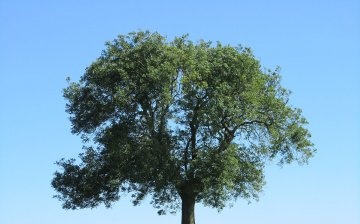

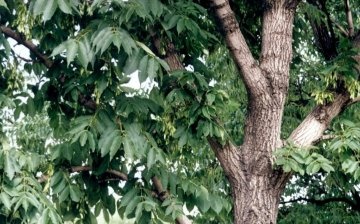
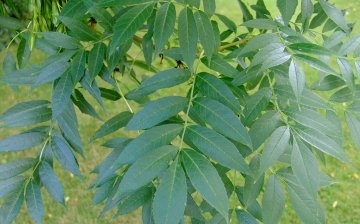

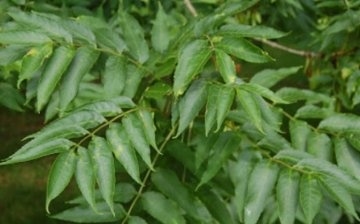
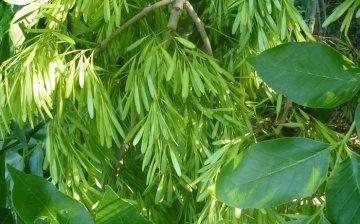













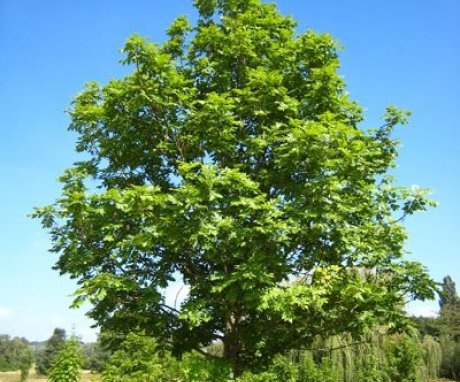
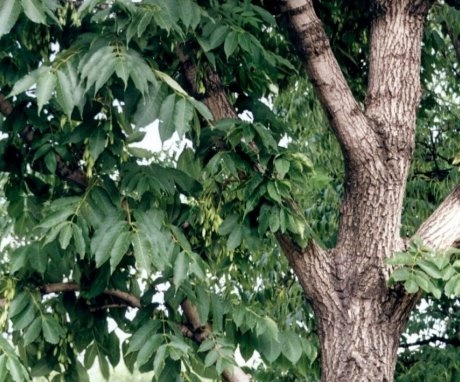
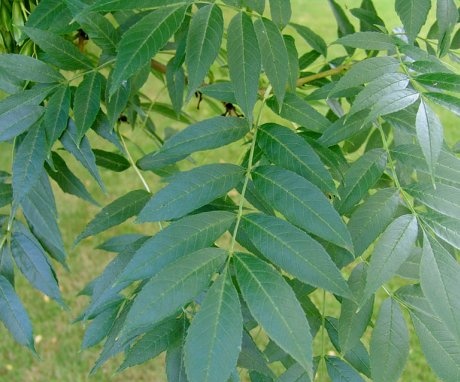
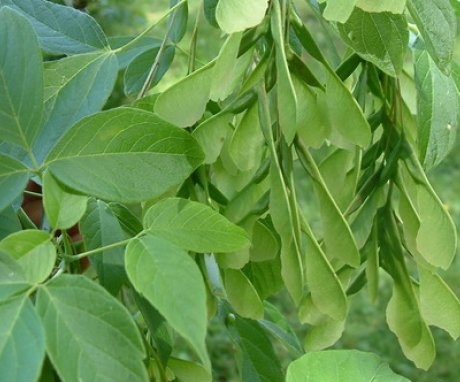
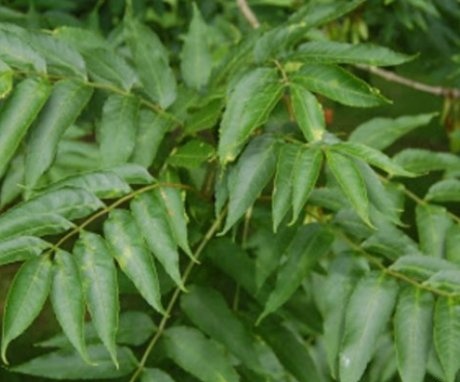
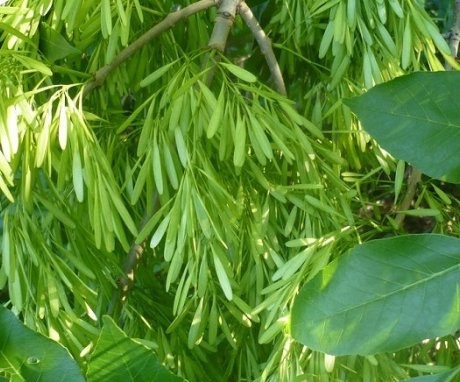
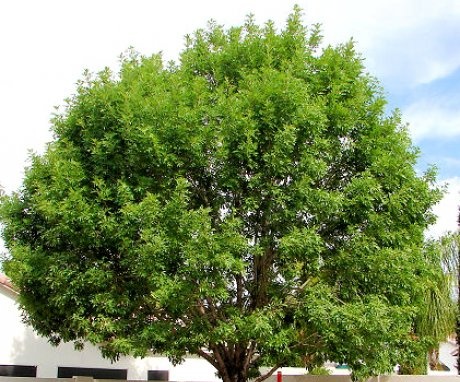
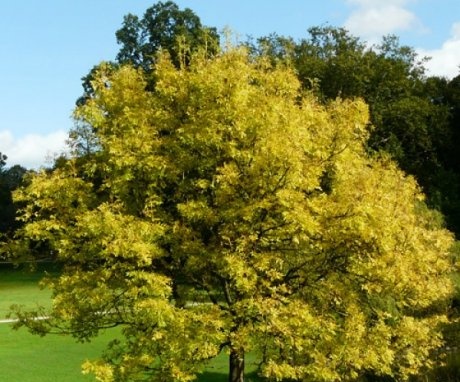
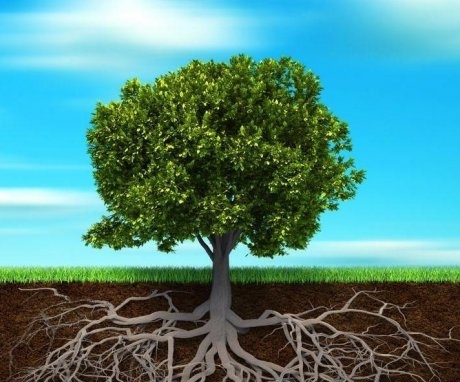
An ordinary ash tree grows near our house and has already grown tall enough. A beautiful tree and I believe that it should grow near the house in the village. Be sure to plant birch and mountain ash nearby. There will be a "classic" trinity!